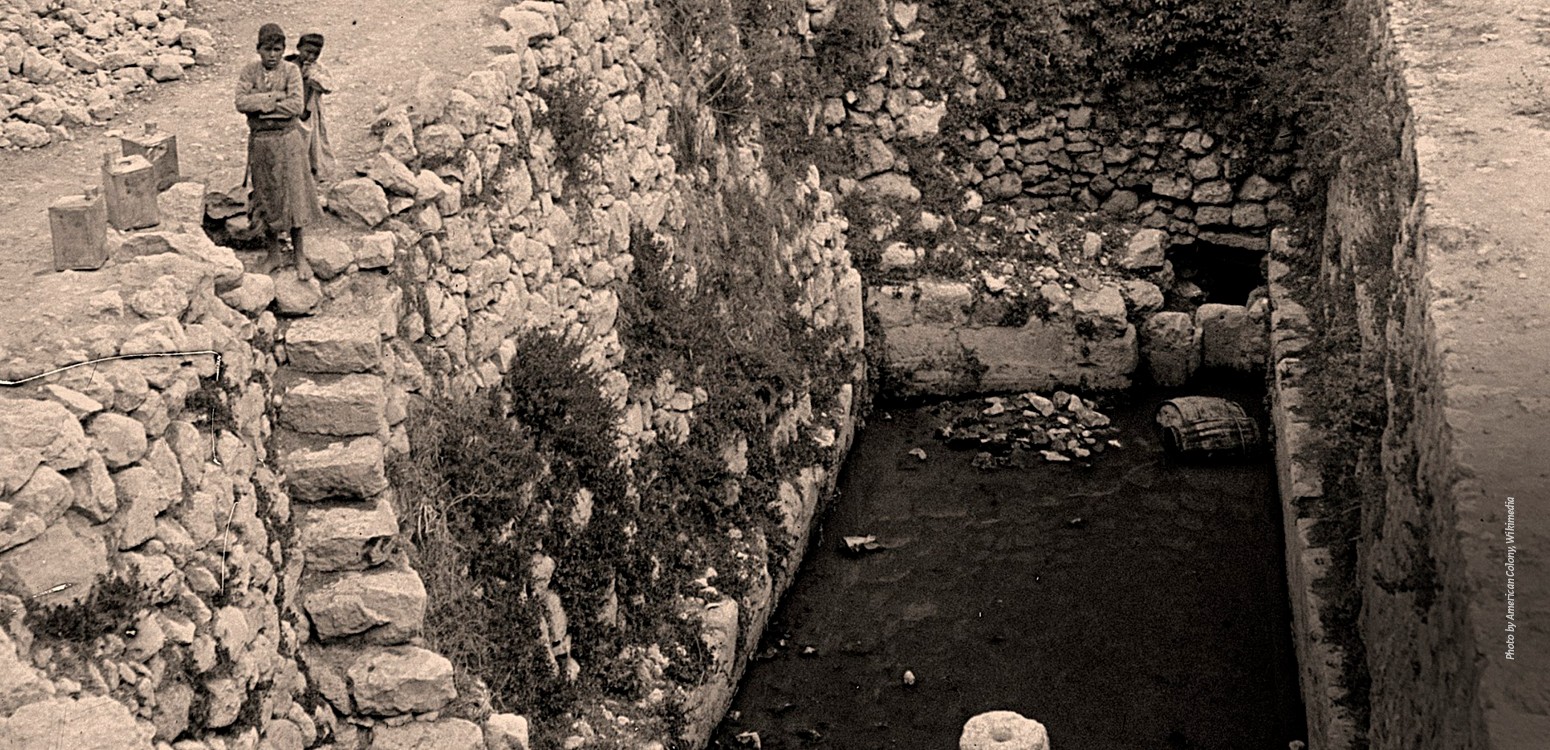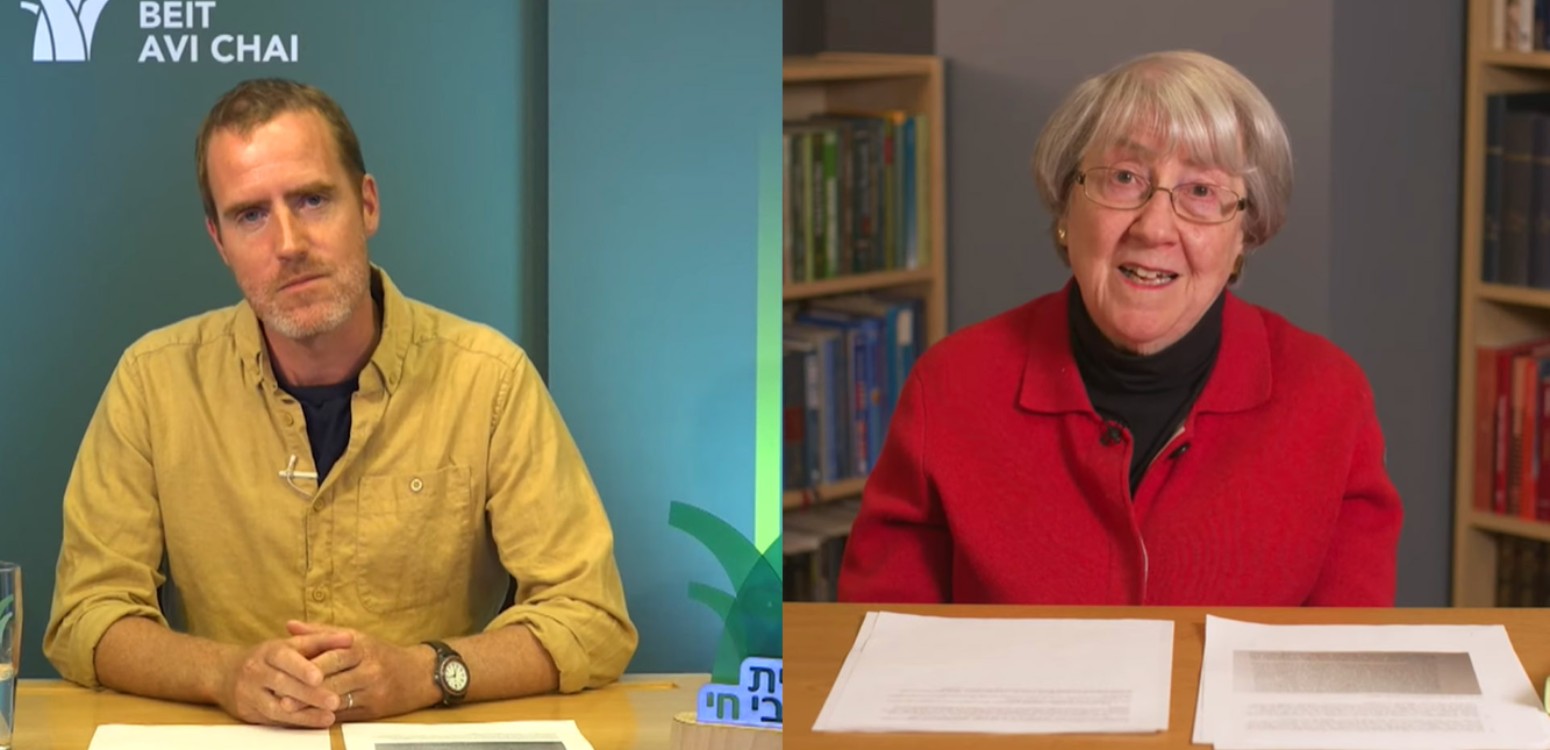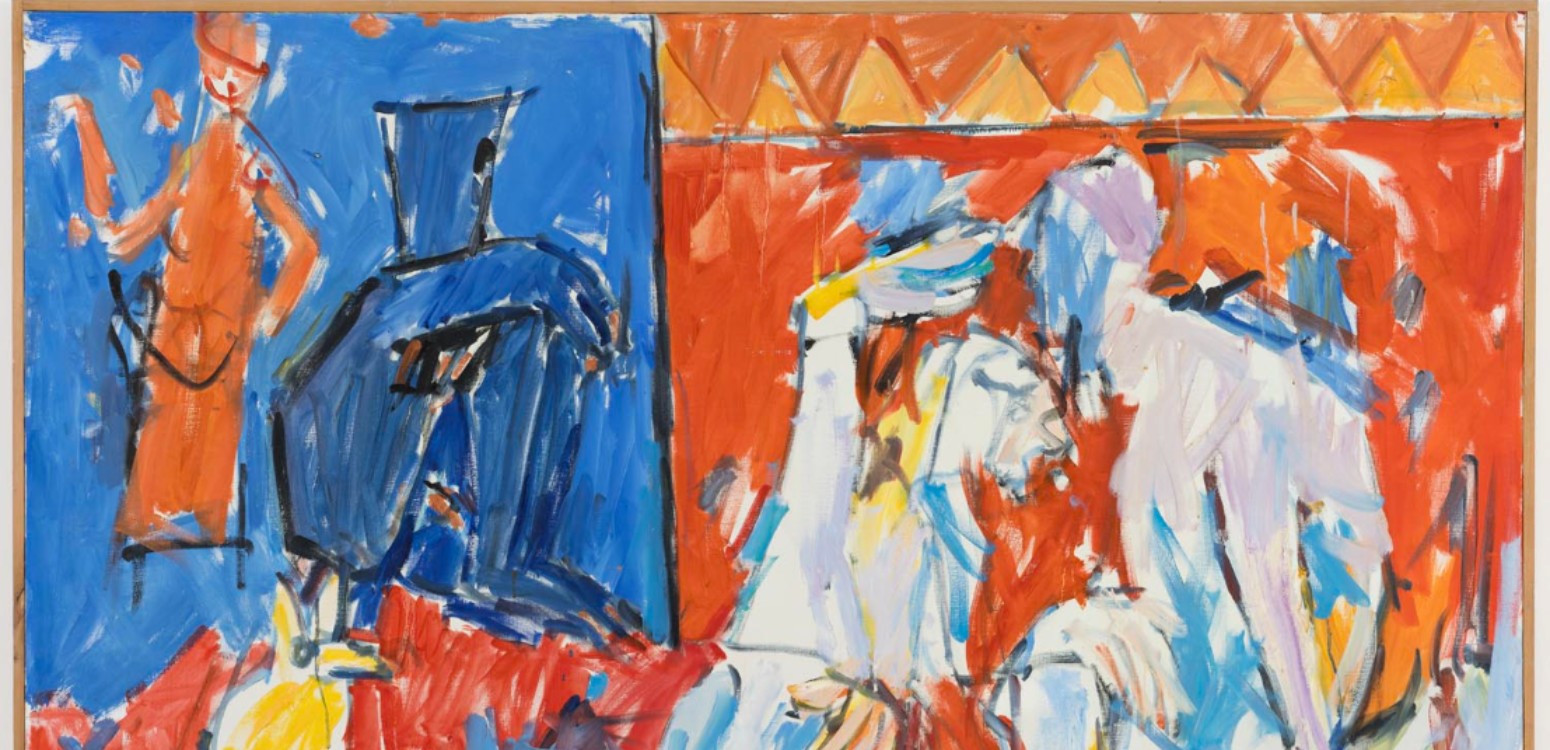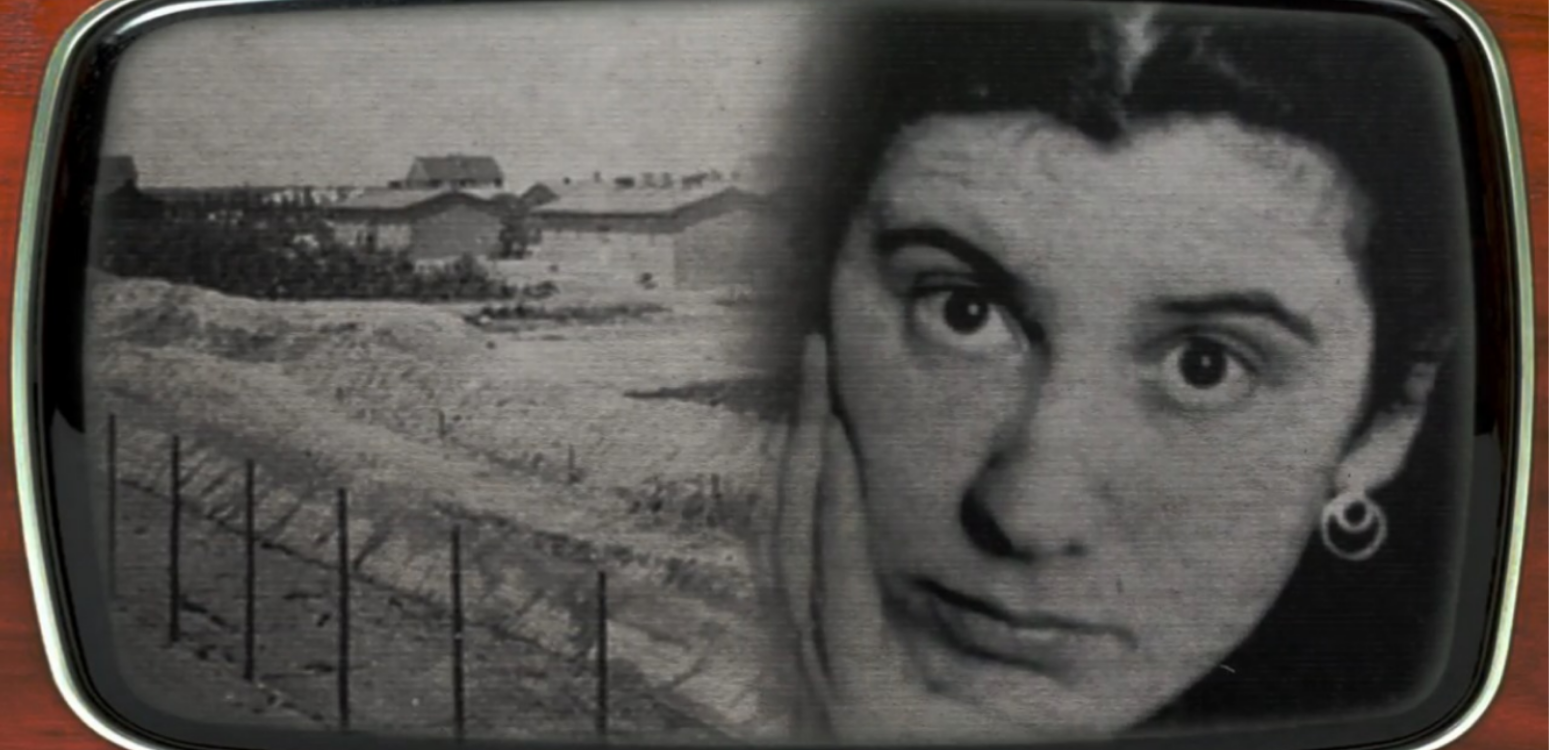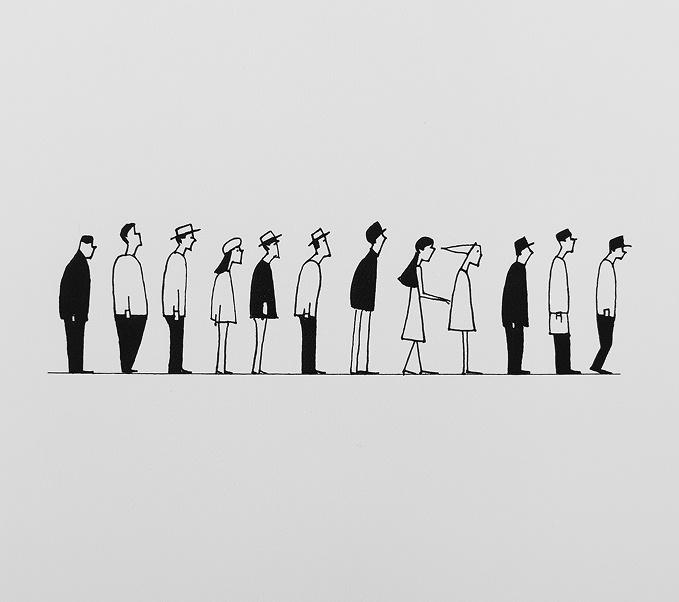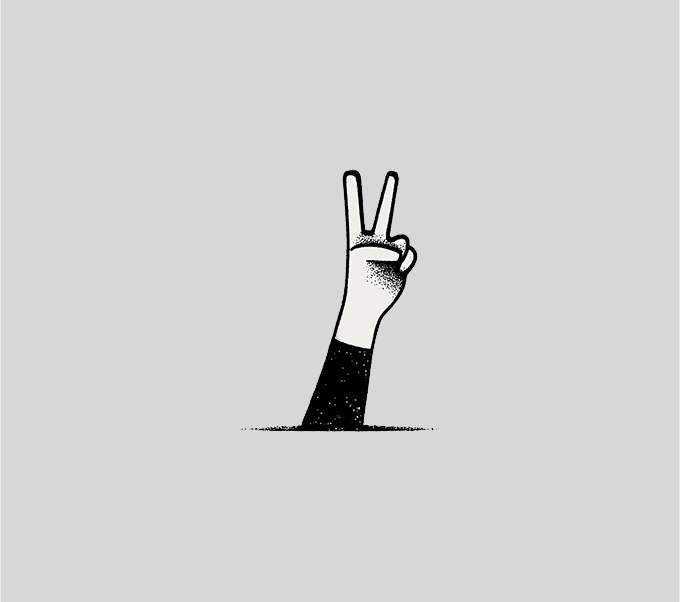For two millennia, the Talmud – not the Hebrew Bible – stood at the center of Judaism. Discover how modern thinkers from Spinoza to Ben-Gurion revolutionized this hierarchy, placing the Tanakh at Judaism’s core through philosophical and secular reinterpretations
Ask almost anyone which text sits at the heart of Judaism, and you’ll likely receive an immediate answer: Tanakh, the Hebrew Bible. Most would assume this centrality reflects traditional Orthodox practice. But here’s what might surprise you: the elevation of the Tanakh to Judaism’s most essential text is actually a modern development – and a distinctly non-Orthodox one.
For nearly two millennia, Rabbinical Judaism placed the Oral Law of the Talmud, codified between 200 BCE and the VI Century CE, at the center of Jewish religious life. The Rambam (Maimonides, 1138–1204) prescribed in his Mishnah Torah that one should divide Torah study time into thirds: one part for the Written Torah, and two parts for the Oral Law and its interpretations.
“Written Torah was considered sacred and was ritually read in the synagogue,” says Prof. Rabbi Yehoyada Amir, an Israeli Reform Rabbi, professor Emeritus of the Hebrew Union College, a member of the Israeli Council of Reform Rabbis, and currently the Rabbinic Head of the newly founded Regina Jonas Seminar for Liberal Rabbinate in Germany. I spoke to Prof. Amir, who is giving a Hebrew-language online lecture series at Beit Avi Chai about the Bible in the thought of Modern Jewish movements. “In no way was it considered the authoritative text of Jewish literature, never mind the Nevi'im or Ketubim, the other parts of the Tanakh, from which one was not supposed to learn Halachah at all.”
Instead, Jews looked to the extensive library of Oral Law interpretations developed over centuries to guide daily life and practice. At least until the XVII century. That’s when a profound shift began to reshape Judaism’s textual hierarchy.
According to Prof. Rabbi Yehoyada Amir, there are several moments worth focusing on when it comes to the revolution of the Hebrew Bible moving towards its status as the formative and normative text at the core of Judaism.
Elevating the Bible to benchmark
As Europe entered the modern era, rationalism transformed every domain of thought – from philosophy and science to religion itself. Into this intellectual landscape stepped Benedictus (Baruch) Spinoza (1632–1677), the brilliant Jewish thinker whose radical ideas led to his expulsion from Amsterdam’s Jewish community in 1665.
In his groundbreaking “Theologico-Political Treatise,” Spinoza upended traditional biblical interpretation. According to Prof. Amir, this controversial masterpiece accomplished something revolutionary: it established the Hebrew Bible – not rabbinic commentary – as the ultimate standard for authentic religious devotion. Through Spinoza’s work, the Bible became the definitive yardstick for measuring genuine faith and distinguishing it from heresy, challenging centuries of rabbinic authority.
“Spinoza does this elevation through strict scriptural interpretation, free from traditional presumptions. In doing so, Spinoza laid the intellectual foundation for what would emerge 150 years later as the academic discipline of biblical criticism. For him, analyzing the Biblical text was a means for his campaign against Jewish, but also Christian, mainstream tradition.”
Spinoza’s “Theologico-Political Treatise” was the opening shot of modern Biblical interpretation. This became the norm for evaluating and criticizing the values, positions and truth of post-biblical traditions. In a historic perspective it opened for later Jewish thinkers a new way of conceptualizing Judaism that was about Jews living in Modernity and not merely beside it.
Modern Jewish interpretations in confrontation with Protestant Bible-criticism
During the late XVIII and XIX centuries, Jewish intellectuals faced a profound challenge: German-speaking Protestant biblical scholars were revolutionizing – and often undermining – traditional understandings of the Hebrew Bible. These Protestant academics developed radical new theories about biblical origins and meaning, forcing Jewish thinkers to defend and reinterpret their sacred text in unprecedented ways.
"Among these challenges, there was a deep questioning of the coherence of the sources from which the Toraic text was compiled; a challenging of the originality of the Biblical narrative and legislation; a confronting of the historic progress philosophies of the time, the notion that the later New Testament is superior the ‘old’, and other theological quandaries.
“For non-Orthodox Jewish thinkers, aiming to place the Hebrew Bible at the heart of their modern perception of Judaism, this was particularly painful.”
In the early XIX century theologian, philosopher, and historian Nachman Krochmal (1785–1840) aimed to confront these notions through an adaptation of the historic reading and awarding it with sanctity and spiritual meaning. Two generations later, in the late XIX century, the neo-Kantian philosopher Hermann Cohen (1842–1918) offered a philosophic reading of the Bible, viewing it as the point of departure of the true and original monotheism. 
The Bible of the “last editor”
Martin Buber (1878–1965) and Franz Rosenzweig (1886–1929), anchored in the German Judaism before the Holocaust, turn intensively and systematically to the Hebrew Bible through their translation (which is the theme of an upcoming Hebrew-language online lecture series by Prof. Benjamin Pollock).
As philosophers, it was natural that their efforts to translate the Bible would lead them to reflective and philosophical deliberations about the nature and legacy of that text. “At the heart of their approaches are two perceptions,” states Prof. Amir. “Firstly, the plurality and heterogenic spectrum of the Biblical literature and sources are dominated by the religious work of ‘the redactor’ or ‘editor,’ who aimed to create the unified text that we are called upon to read. Secondly, that the Bible, each word, is human and yet divine; that through the human wording we do hear the divine message and are called upon to respond.”
A critical and secular reading of the "eternal book of books"
David Ben-Gurion (1886–1973), Israel’s founding father, crafted the nation’s “Declaration of Independence” – a document that, while building on others’ drafts, stands as his crowning literary achievement.
“The declaration, in itself a political-philosophic text, aims to do several things at the same time. First, to draw the everlasting, unbreakable connection of the Jewish people to Eretz Israel. Second, to establish the internationally acknowledged right of the Jews to have an independent state. Third, to draw normative lines for the nature and quality of the emerging state. The Hebrew Bible plays a significant part in all of these, and the rest of the Jewish Religious literature is absent.”
For Ben-Gurion the Biblical narrative is in no way “historic” in a naïve sense, but the Bible, the only human creation named “eternal” in this secular document, is of supreme historic and central significance.
Feminist Readings of the Bible
“Secularized reading of the Hebrew Bible and referencing its content tends to highlight protagonists whom the Bible tries “to minimize” or “dislikes,” bringing forward protagonists and themes outside the traditional readings of the Hebrew Bible. In this same vein, feminist thinkers, poets, and writers in many cases center female protagonists, marginalized by the Biblical narrative: Chava, Hagar, Miriam, Michal (the daughter of Shaul and David’s first wife), and others,” says Prof. Amir.
Highlighting these figures and their viewpoints serves as a demand to center a critical, gender-sensitive, egalitarian approach to Jewish culture and is a significant way in which contemporary Israeli culture approaches the Hebrew Bible. Among the writers who did so, it is worth mentioning Yehudit Kafri (born 1935) and Yocheved Bat-Miriam (1900–1980), for instance.
The revolution that placed the Hebrew Bible at Judaism’s center represents one of the most significant – yet least recognized – transformations in Jewish intellectual history. As contemporary Jews continue to find new meanings in ancient words, the Bible’s journey reminds us that innovation and tradition have always been intertwined in Jewish thought – a lesson as relevant today as it was when Spinoza first challenged rabbinic authority over Biblical interpretation nearly four centuries ago.
.jpg)
Main Photo: Joshua 1:1 in the Aleppo Codex.



